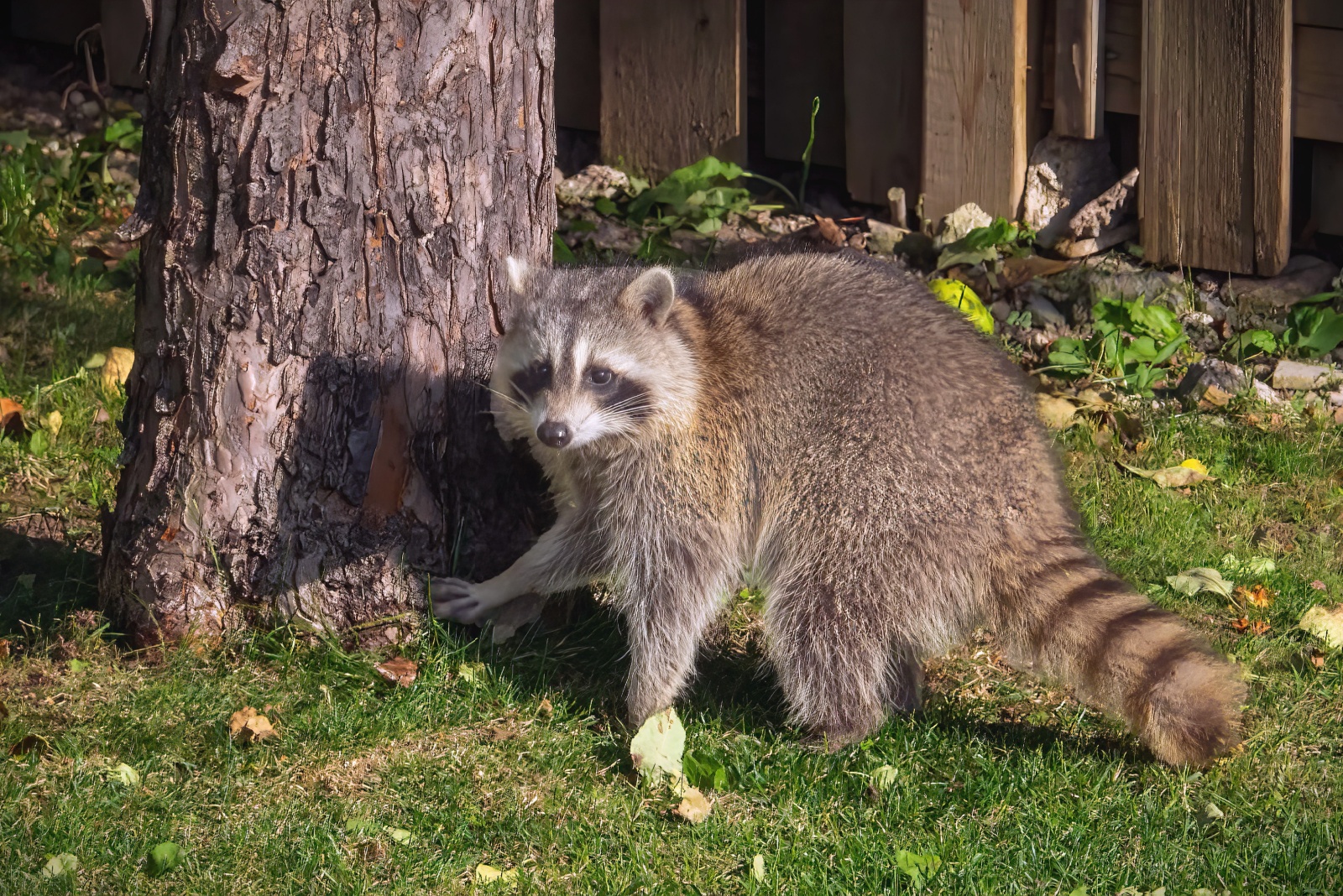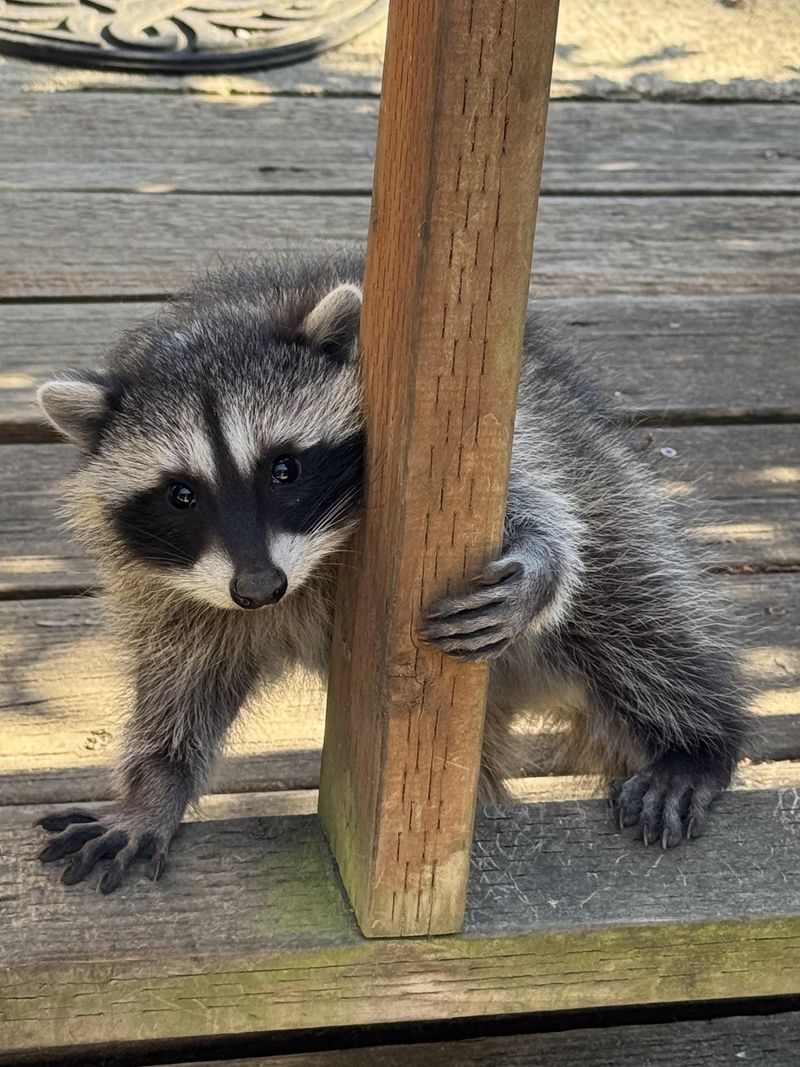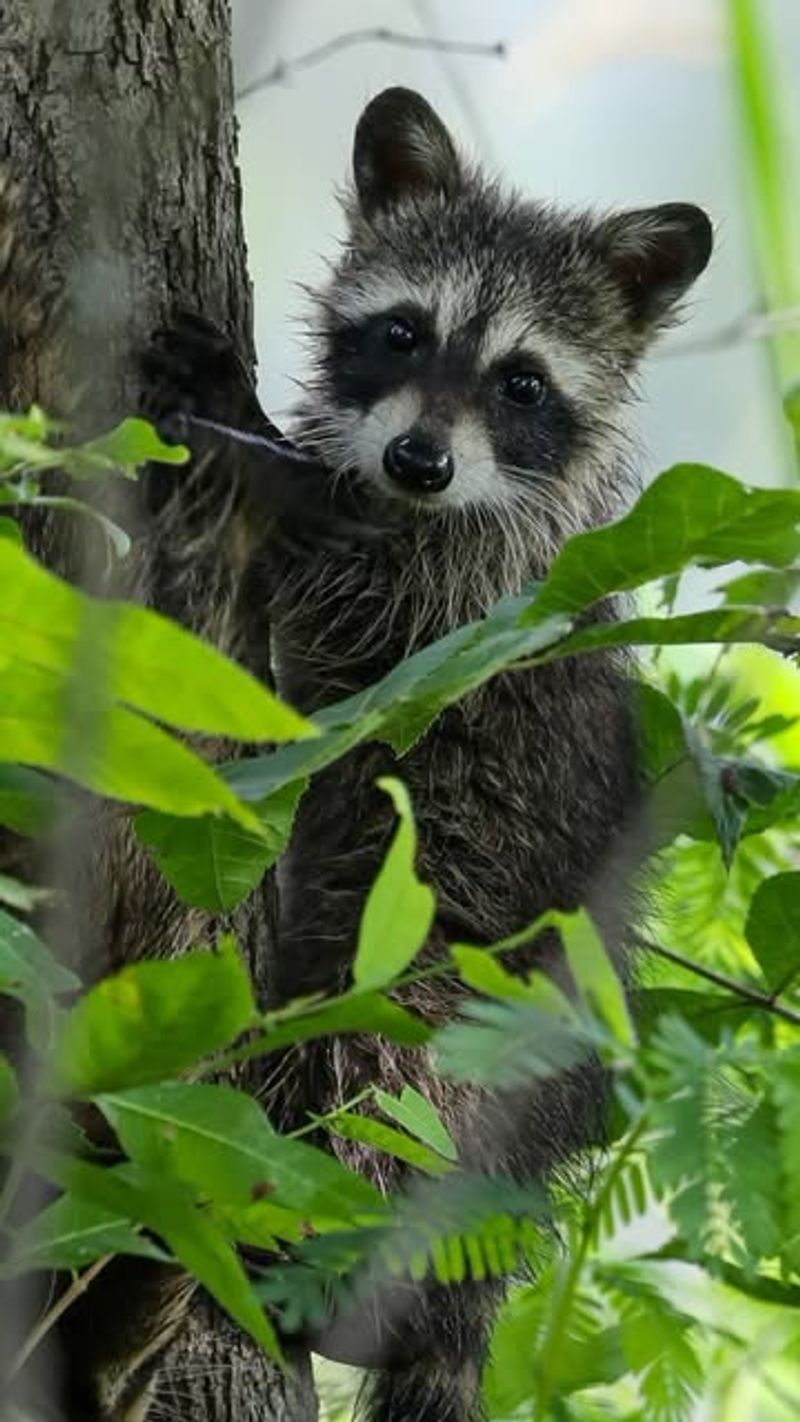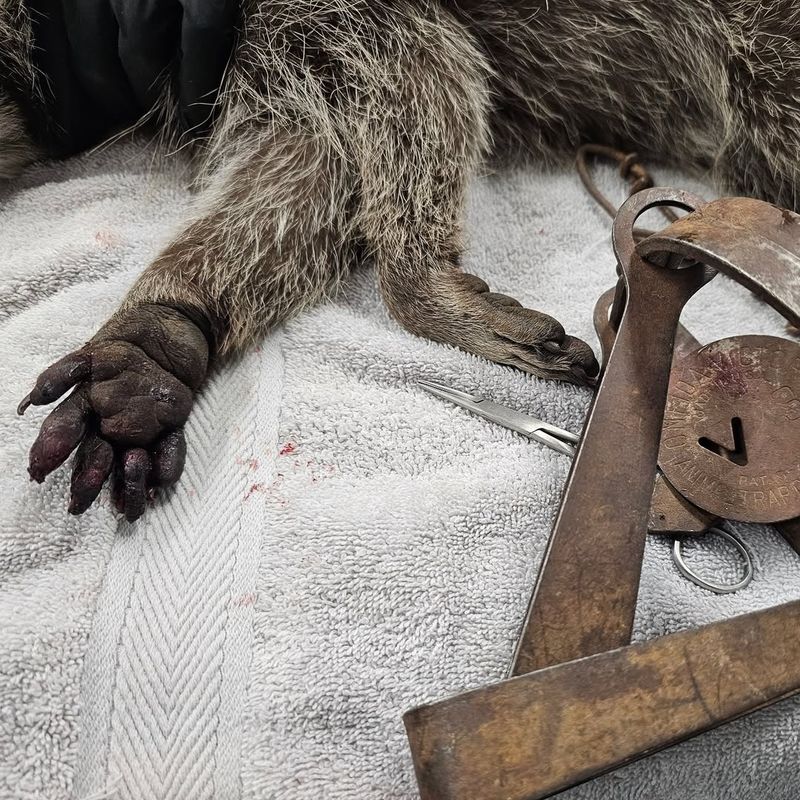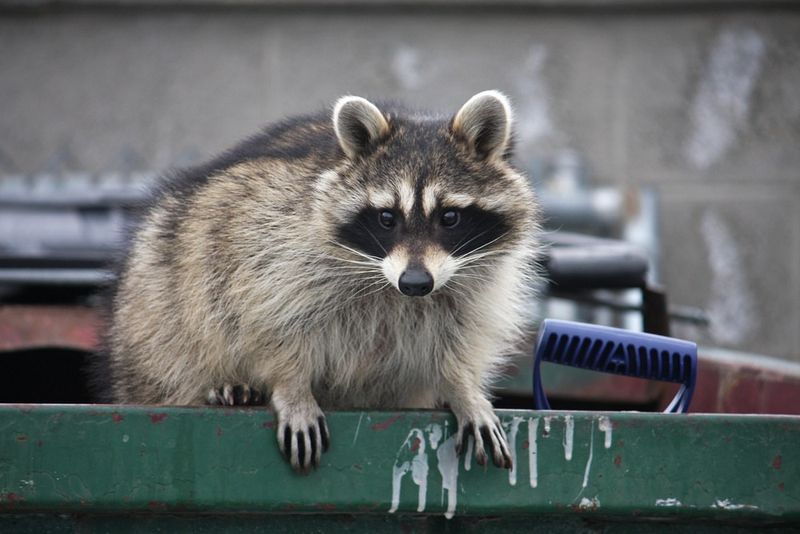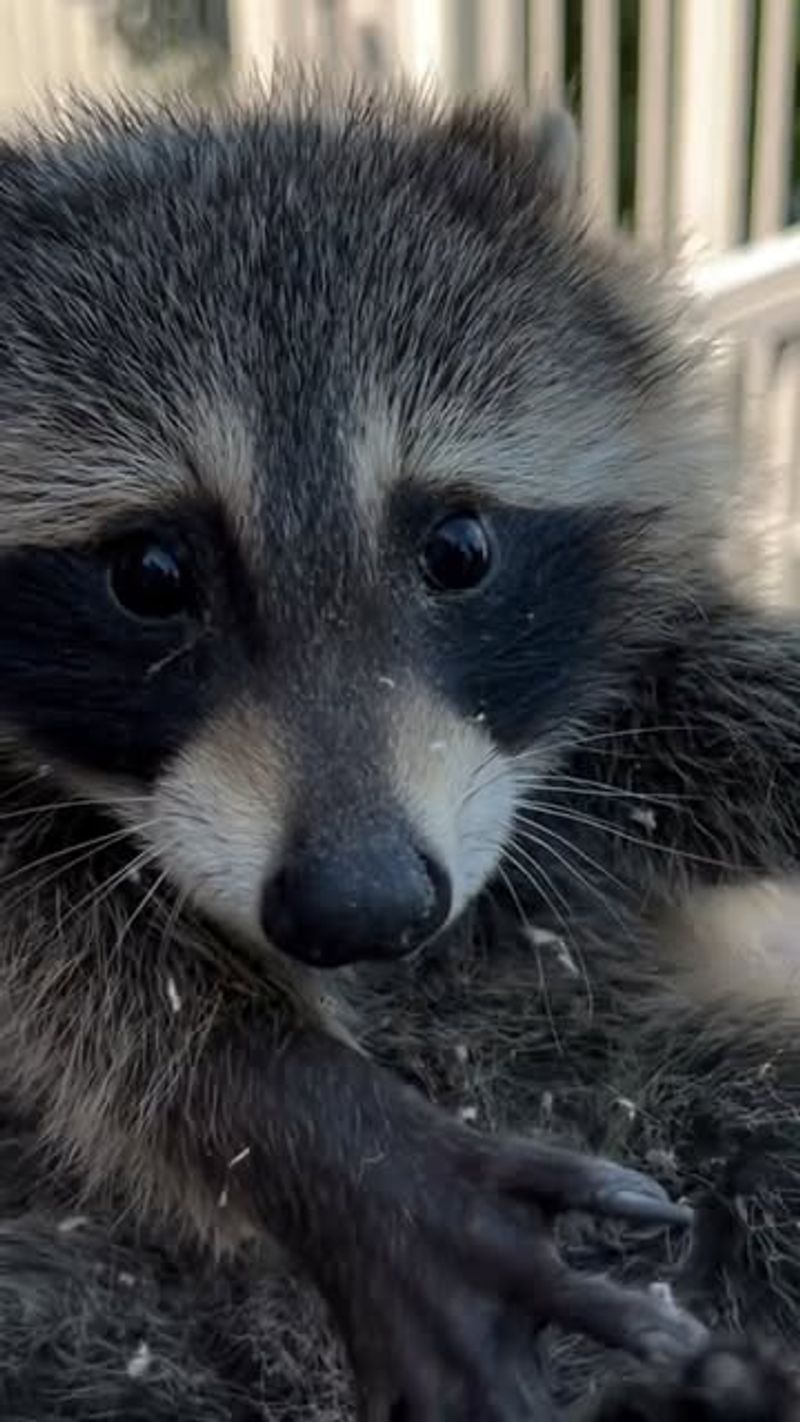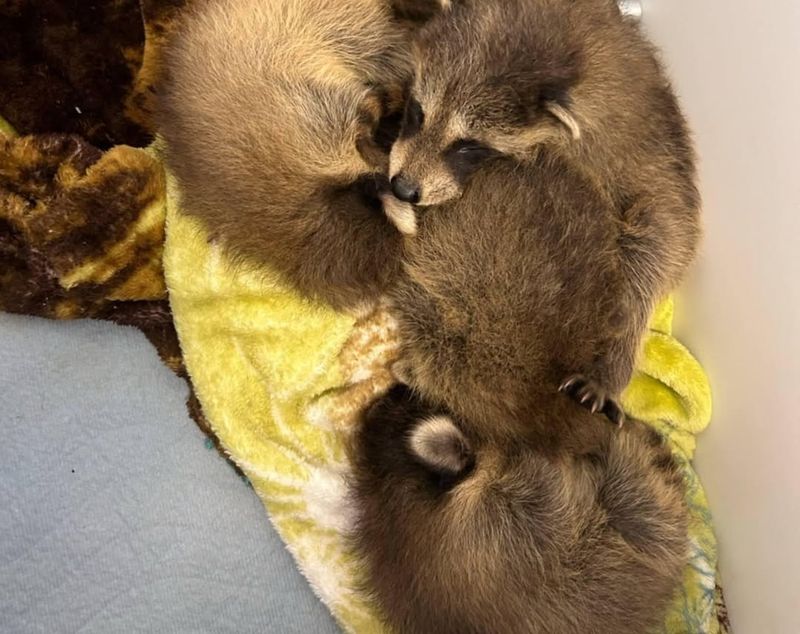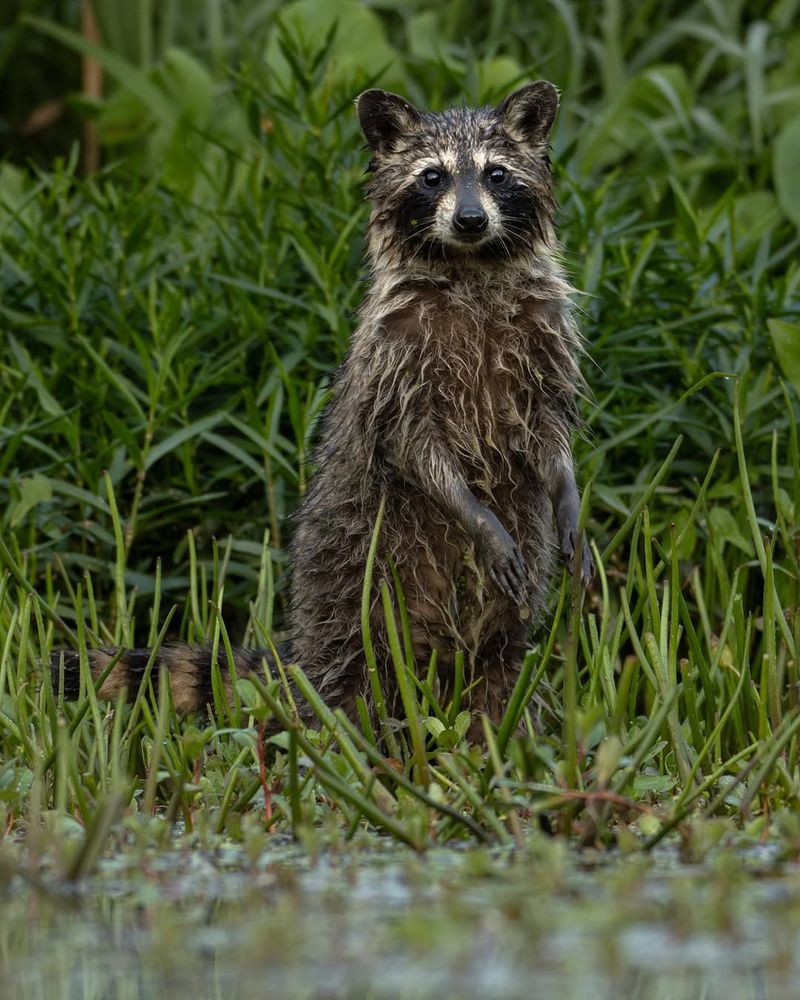Raccoons might look adorable with their masked faces and bushy tails, but don’t let that fool you. When they show up in your Minnesota yard, they can cause more trouble than you’d expect.
These clever critters can damage property, spread disease, and leave behind messes that are tough to clean. It’s not just a nuisance—it’s a risk to your home and health.
I’ve found that understanding local laws and safe removal practices is key. Before you take action, it’s important to know what’s allowed and what works best.
1. Minnesota Law Protects Raccoons During Certain Seasons
Wildlife regulations in Minnesota are strict about when and how you can handle raccoons. During breeding season, which typically runs from late winter through early spring, removing mother raccoons can leave babies orphaned and helpless.
State law requires proper permits for trapping or relocating these animals. Breaking these rules can result in hefty fines, so always check current regulations with the Minnesota Department of Natural Resources before taking action.
2. Rabies Risk Is Real And Dangerous
Did you know raccoons are one of the most common carriers of rabies in North America? Coming into direct contact with an infected animal can be life-threatening for you and your pets.
Raccoons acting strangely during daytime hours, appearing disoriented, or showing aggression might be sick. Never approach or attempt to handle a raccoon yourself. Contact animal control immediately if you spot concerning behavior, as rabies requires urgent medical attention once symptoms appear.
3. Professional Removal Saves Time And Prevents Injuries
Raccoons have sharp teeth, powerful claws, and surprising strength when cornered or frightened. Many homeowners underestimate how aggressive these animals become when defending themselves or their young.
Licensed wildlife removal experts have proper training, equipment, and insurance to handle raccoons safely. While hiring professionals costs money upfront, it prevents painful bites, scratches, and potential hospital visits. Your safety and peace of mind are worth the investment in expert help.
4. Raccoons Often Signal Bigger Property Problems
When raccoons choose your yard, they are usually attracted by easy food sources or shelter opportunities. Unsecured garbage cans, pet food left outside, or accessible attics and crawl spaces make your property irresistible.
Before removing the animals, identify what drew them there in the first place. Sealing entry points, securing trash, and eliminating food sources prevents future invasions. Fixing the root cause stops the endless cycle of new raccoons replacing the ones you remove.
5. Relocation Rarely Works As Planned
Moving raccoons to another location might seem humane, but it often causes more problems than it solves. Relocated animals struggle to find food and shelter in unfamiliar territory, leading to high mortality rates.
Additionally, Minnesota law restricts where and how far you can relocate wildlife. Dropping raccoons in random parks or wooded areas is illegal and spreads diseases to new populations. Humane exclusion methods that encourage raccoons to leave on their own work better long-term.
6. Baby Raccoons Need Special Consideration
Springtime brings adorable raccoon kits, but removing mothers without accounting for babies creates tragic situations. Orphaned kits cannot survive alone and will die slowly without intervention.
If you discover a nest, wait until babies are old enough to leave with their mother, usually around 8-10 weeks old. Wildlife rehabilitators can help if you accidentally separate families. Being patient during this critical period prevents unnecessary animal suffering and aligns with Minnesota humane treatment laws.
7. Raccoon Roundworm Poses Serious Health Threats
Beyond rabies, raccoons carry Baylisascaris, a parasitic roundworm found in their droppings that can cause severe illness in humans. Children playing in contaminated areas face the highest risk of infection. Symptoms include neurological damage and blindness in extreme cases.
Raccoon latrines, where they repeatedly defecate, concentrate these parasites in dangerous amounts. Professional cleanup with proper protective equipment and disinfection is essential. Never sweep or vacuum raccoon feces, as this spreads microscopic eggs into the air you breathe.
8. Prevention Costs Less Than Repeated Removal
Installing raccoon-proof garbage cans, repairing roof damage, and trimming tree branches away from your house might seem expensive initially. However, these preventive measures cost far less than hiring removal services multiple times.
Raccoons remember locations with easy resources and return season after season. Motion-activated lights and sprinklers also deter nighttime visits effectively. Investing in long-term prevention protects your property value and eliminates ongoing wildlife conflicts, making your Minnesota home less attractive to future masked visitors.

